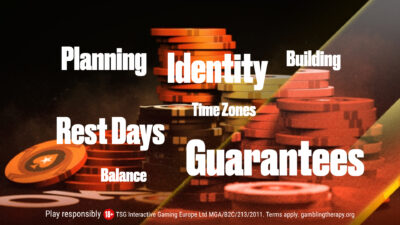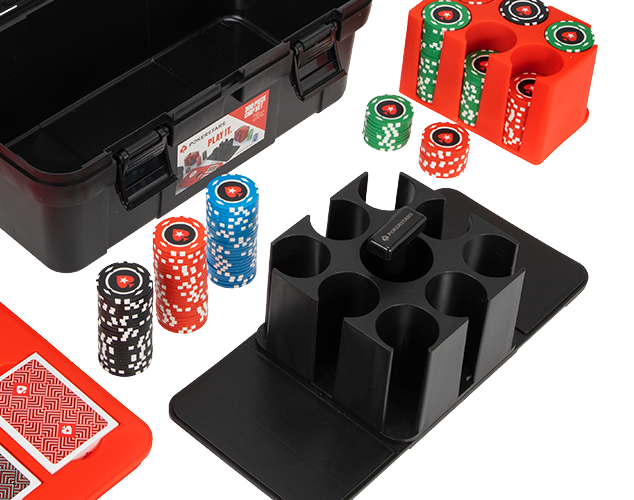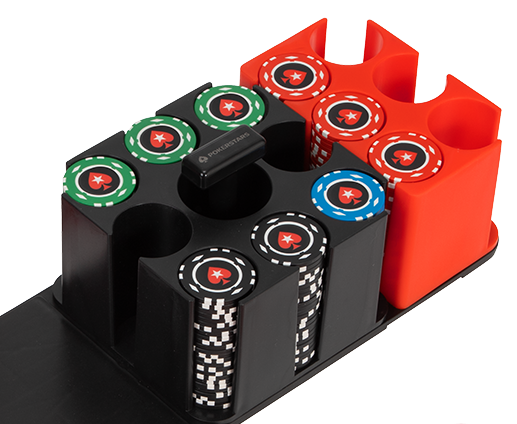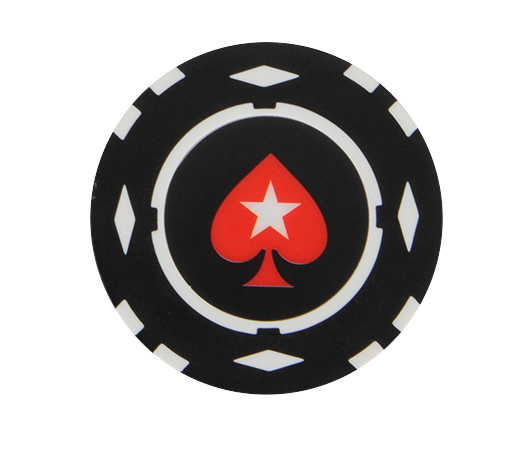Last week we shared an excerpt from Jonathan Little‘s forthcoming poker strategy book for D&B Poker, Jonathan Little’s Excelling at Tough No-Limit Hold’em Games.
That’s just one of several titles Little has produced over the years. One of his more popular recent books was a “Super/System”-like compilation of contributions from many different poker players and coaches, the well-received Jonathan Little’s Excelling at No-Limit Hold’em.
Kind of a precursor to his new book, the earlier one features contributions from Chris Moneymaker, Matt Affleck, Alex Fitzgerald, Phil Hellmuth and Liv Boeree (who collaborated on a chapter), Olivier Busquet, Mike Sexton, and many others.
The following excerpt comes from a chapter contributed by Scott Clements to Jonathan Little’s Excelling at No-Limit Hold’em titled “My Strategy for Success.”
Clements is an especially accomplished tournament player, having won three WSOP bracelets and collected more than $8 million in live tournament winnings. That doesn’t even count his many online scores, including those collected while playing as “BigRiskky” on PokerStars.
In the chapter Clements shares several different tips for tournament players, including the following section in which he outlines some common categories into which many opponents fall. See if you recognize any of these player types, or if you yourself fall into any of these groups.
“Basic Player Reads” by Scott Clements
The generic player
With an unknown player, the best policy is to play a fairly TAG strategy. I don’t get too out of line until I have a decent idea of how this opponent will react to a specific play. When playing online, I confess to not giving the same attention to each table. I focus on tables that are in the later stages of the tournament. I assume players I do not know are playing a generic “online player” style until they prove otherwise. In live tournaments, you must make a point to focus on each hand that is played and remember roughly how each player plays each specific type of hand.
Clean cut, quiet 21-year-old guy in a T-shirt
This is likely an online player with a fundamentally sound game. His style is likely TAG or LAG. This player thinks in terms of hand ranges. They seldom give their chips away unless it is on an overly optimistic bluff.
Clean cut, loud 21-year-old guy wearing a T-shirt
This player is likely a live player. Live players are more comfortable with social interactions than their online-only counterparts. Players who play only live games usually play a mix of cash games and tournaments. This makes them more willing to see flops with a wide range of hands, which usually results in them playing somewhat passively after the flop.
Young European-looking kid
This player is capable of getting well out of line and is almost always TAG or LAG. Avoid getting involved with this player until you know which category he falls into.
Young kid wearing big headphones and sunglasses
Expect this player to be LAG or TAG. Also realize this player is probably capable of losing his mind and making insane plays.
Hoodie-wearing 30-year-old guy
This is most likely an online player, although he could easily be a recreational player. This player can be very good or very bad. Watch how he plays a few hands and you’ll have a decent indication as to what he is capable of.
 Scott Clements playing at the 2019 WSOP, on his way to winning his third career bracelet
Scott Clements playing at the 2019 WSOP, on his way to winning his third career braceletTalkers
Players who talk a lot at the table are more likely to be live players. Pay attention to whom they are talking and what they are talking about. Pay attention to accents. For example, if you are in New Jersey and the player talking has a New Jersey accent, he is likely a local tournament or cash game player. Young players with foreign accents are often strong players, who travel great distances to play. Players who seem to know a lot of people are likely circuit grinders or players who play a lot of local events.
Familiar face
If I see a player who I have seen in other events, but don’t know who he is, my assumption is he is an acceptably good, but not great, player. These players tend to be a bit more risk averse than more successful players. They tend to play solid poker, especially against strong players. Occasionally, these players will fall on the opposite end of the spectrum. This goes back to the ego problem I mentioned earlier. They are on a mission to prove themselves and will try any tactic in their arsenal in order to bust a pro. Regardless of where they fall on the spectrum, these players are usually decent, but not world-class.
Guy in a buttoned up dress shirt
Expect this player to be either TP or TAG. He is almost certainly an amateur.
Relaxed older guy in a business suit
This is usually a straightforward player, although he may randomly make absurd plays at inopportune times. This player often gets frustrated when you use extreme aggression against him. Look to see lots of flops against him and outplay him on the later betting rounds.
50-year-old guy
This player is reasonably straightforward and rarely gets out of line, especially when a lot of money goes in the pot. The experience level of this type of player varies wildly. Most of them play a passive style and only apply significant pressure with premium holdings.
65-year-old guy
This player tends to be on the tighter side, even more so than his 50-year-old counterpart. They seldom make aggressive plays as a bluff. These players also often overplay top pair. They frequently limp in order to see a cheap flop and are likely to do it from any position. A raise and a continuation bet from a TP player usually means they have a very strong hand unless you have seen them frequently continuation bet in similar situations. Do not pay them off unless you have a premium holding.
Jonathan Little’s Excelling at No-Limit Hold’em is available in paperback, as an e-book, as an audiobook, or as an e-book + video bundle from D&B Poker.
D&B Publishing (using the imprint D&B Poker) was created by Dan Addelman and Byron Jacobs 15 years ago. Since then it has become one of the leading publishers of poker books with titles by Phil Hellmuth, Jonathan Little, Mike Sexton, Chris Moorman, Dr. Patricia Cardner, Lance Bradley, Martin Harris and more, all of which are available at D&B Poker.
WSOP photography by pokerphotoarchive.com.
Back to Top











